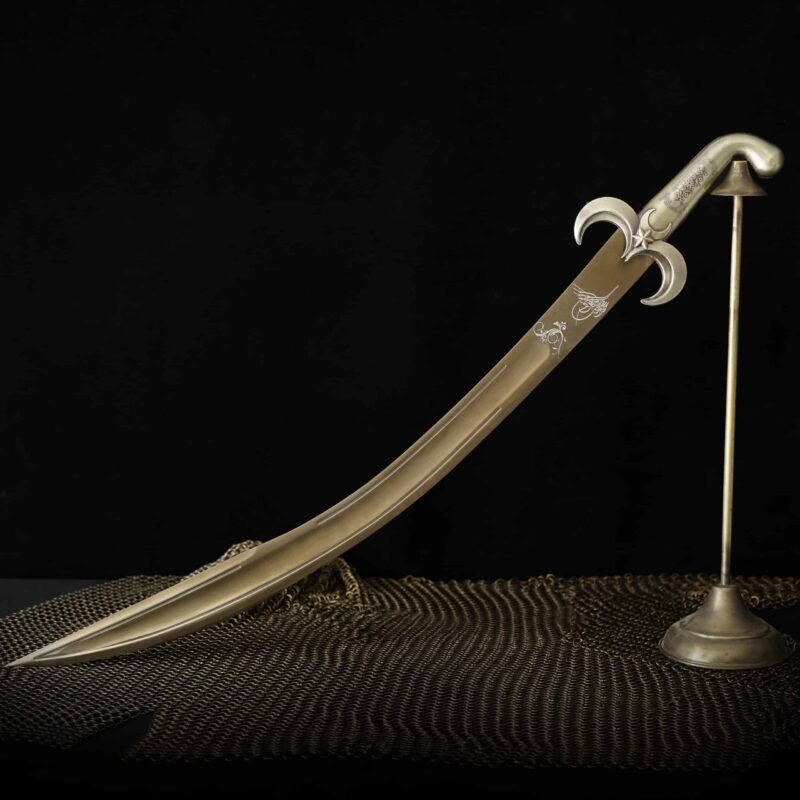Viking Swords: Legendary Weapons of History
Viking swords were one of the most important weapons of Viking warriors from the 8th century to the 11th century AD. During this period, the Vikings launched raids across many parts of Europe and were renowned for their fierce combat skills. The sword, in Viking culture, was not just a tool of war but a symbol of status and power. Owning a well-crafted sword signified wealth and prestige within the Viking society, as these weapons were costly to produce.
Table of Contents
ToggleDesign and Craftsmanship of Viking Swords
Viking swords typically ranged from 70 to 90 centimetres in length and were double-edged. The blades were often pattern-welded, a technique that involved twisting together different types of iron and steel to create a strong, flexible weapon. This process not only made the sword more durable but also gave the blade a distinctive swirling pattern. The handle, or hilt, was usually short and could be adorned with intricate designs, including symbols of Norse mythology.
The hilt often included a pommel and guard, which helped to balance the sword and protect the wielder’s hand during combat. Over time, Viking swords evolved to become lighter and more efficient, allowing for quicker strikes and greater manoeuvrability in battle.
Symbolism and Importance in Viking Culture
In Viking culture, swords held great symbolic value. They were considered sacred and were often passed down through generations. Many swords were named, and their owners believed the weapons held mystical powers. A Viking warrior would carry his sword into battle as a sign of honour and bravery.
Upon a warrior’s death, his sword was often buried with him, signifying the importance of the weapon even in the afterlife. This practice highlights the deep connection Vikings had with their swords, as these weapons were seen as an extension of the warrior’s spirit.
Famous Viking Swords
Throughout history, several Viking swords have gained legendary status. One of the most famous is the Ulfberht sword, a name found inscribed on numerous blades discovered across Europe. Ulfberht swords were known for their superior quality and craftsmanship. Made from high-carbon steel, these swords were much stronger and more durable than typical Viking swords of the time. The mysterious origins of the Ulfberht name have sparked much debate among historians, adding to the legendary aura of these weapons.
Another notable example is the Skofnung sword, which, according to Norse sagas, was the sword of King Hrólf Kraki. This sword was believed to be imbued with magical properties, including the ability to heal its bearer.
The Legacy of Viking Swords
The legacy of Viking swords continues to captivate historians, archaeologists, and enthusiasts today. Many Viking swords have been discovered in burial sites across Scandinavia and Europe, providing valuable insights into Viking craftsmanship and warfare. These weapons remain an enduring symbol of the Viking Age, representing both the skill of the warriors who wielded them and the cultural significance they held.
Today, Viking swords are often recreated in modern sword-making, with enthusiasts and collectors appreciating their historical importance and intricate design. Museums around the world showcase these ancient weapons, preserving the rich history of Viking warfare for future generations to admire.
In conclusion, Viking swords are more than just weapons—they are artefacts that tell the story of a powerful and influential civilisation. Their craftsmanship, cultural symbolism, and historical legacy continue to fascinate and inspire people today.





Pingback: Viking Swords: Legendary Weapons – Types Of Swords